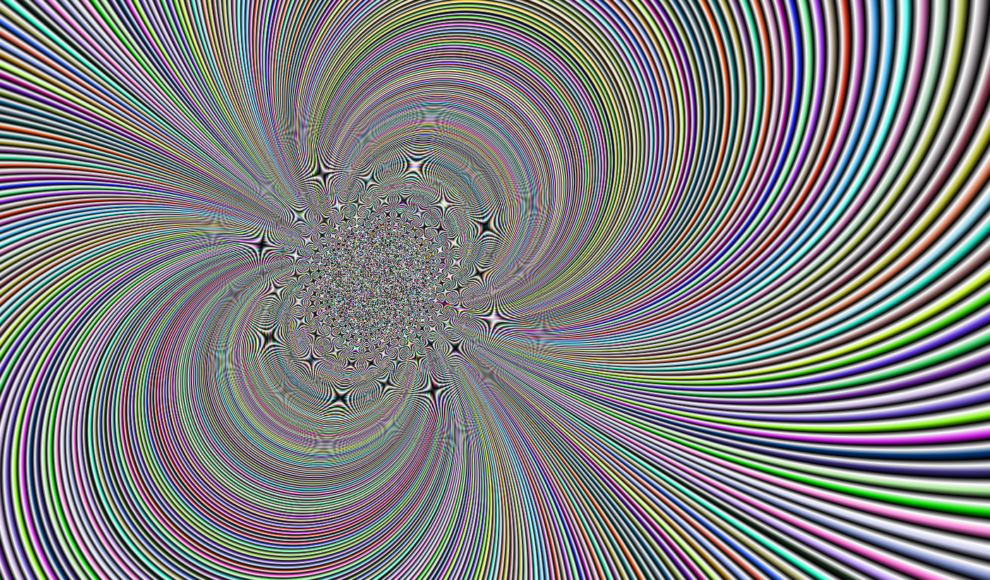Back in the dark days of the last century when I was a university undergraduate, chaos theory was my first love. Quantum mechanics was, to me, a mess of contradictions, but I felt like I might actually understand something about chaos. More the fool me, I guess.
I got sucked into optics, and, like all summer romances, nonlinear dynamics—the broader field in which chaos theory sits—became a sepia-colored memory. Until this year at least. Unexpectedly, I had to teach a course on it. And that led me to pay more attention to current research, which managed to generate this article on Ars Technica. Yes, my brain is a nonlinear dynamical system that defies prediction (unless you are my wife; she probably saw this coming).
When we teach nonlinear dynamics in classes, the equations are always naturally dissipative. That means there is some mechanism for energy loss in the equations. However, we always balance these with an external energy input. For instance, a set of equations describing an idealized climate allows energy to be radiated out into space, but that is balanced by energy from the Sun. However, there are many places where balance doesn’t exist: a coin toss, a roulette wheel, or a pinball machine are classic examples.
Get BQO by E-mail
ESSAYS
-

What Is Moral Injury?
-

What Does It Mean to Have Free Will?
-

Should We Fear Robots?
-

Do We Need Purposes in Biology?






